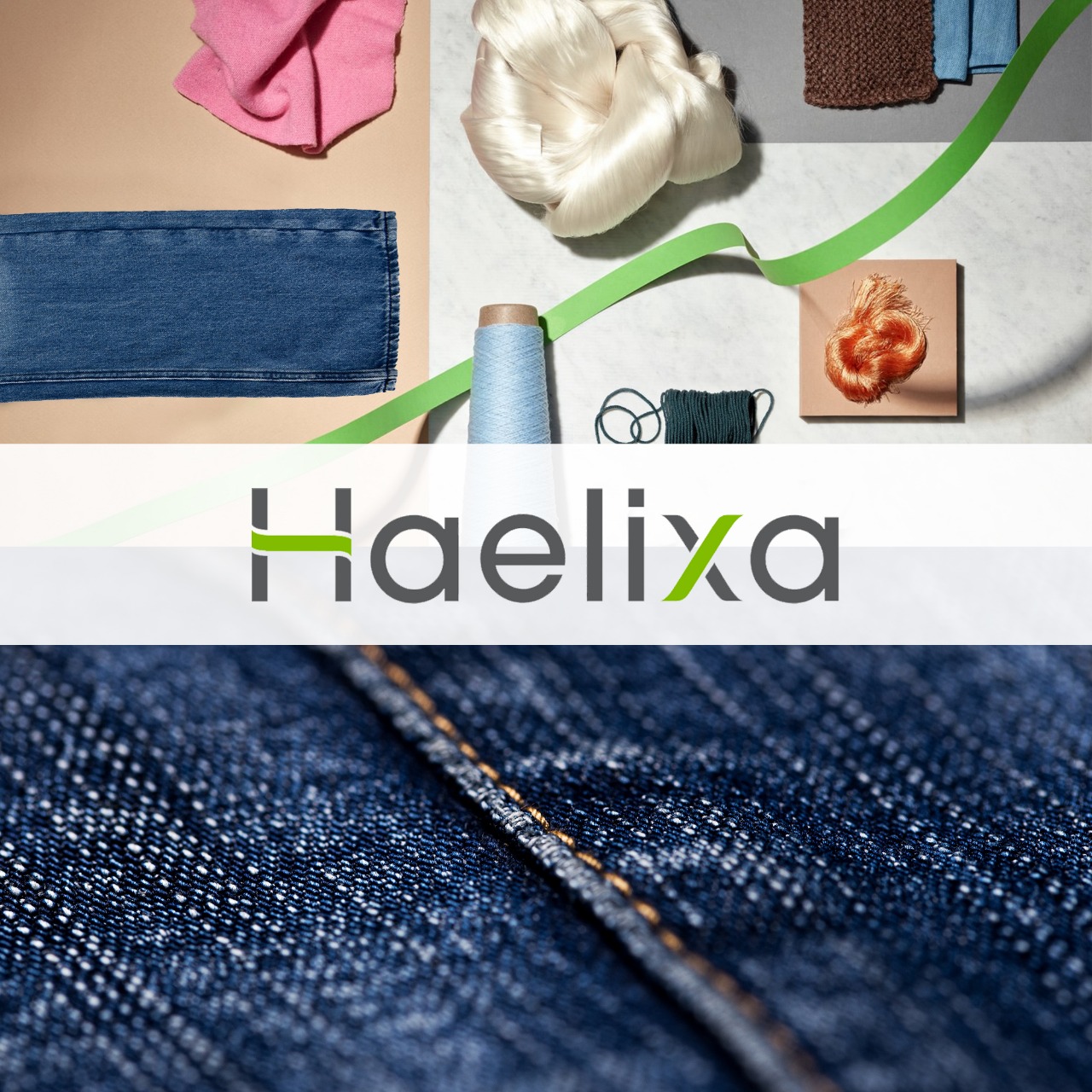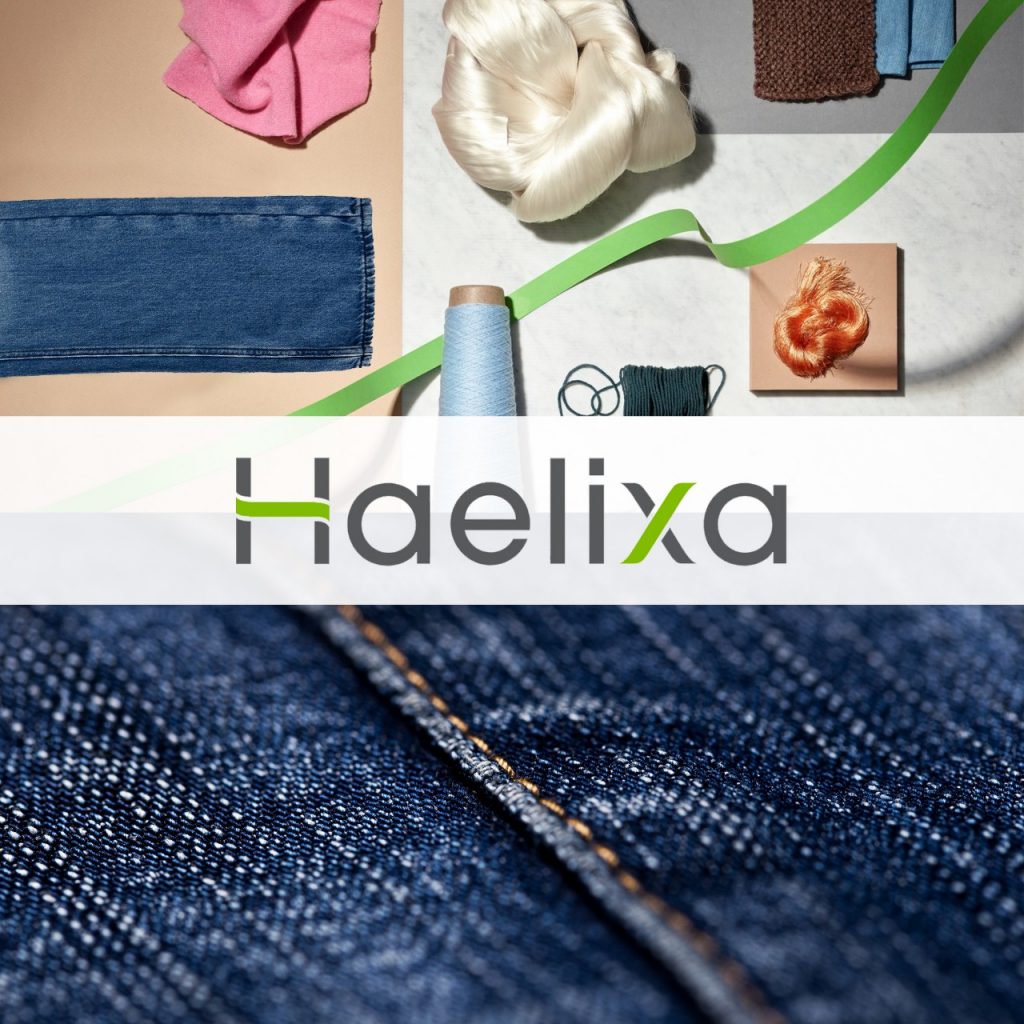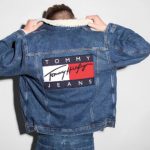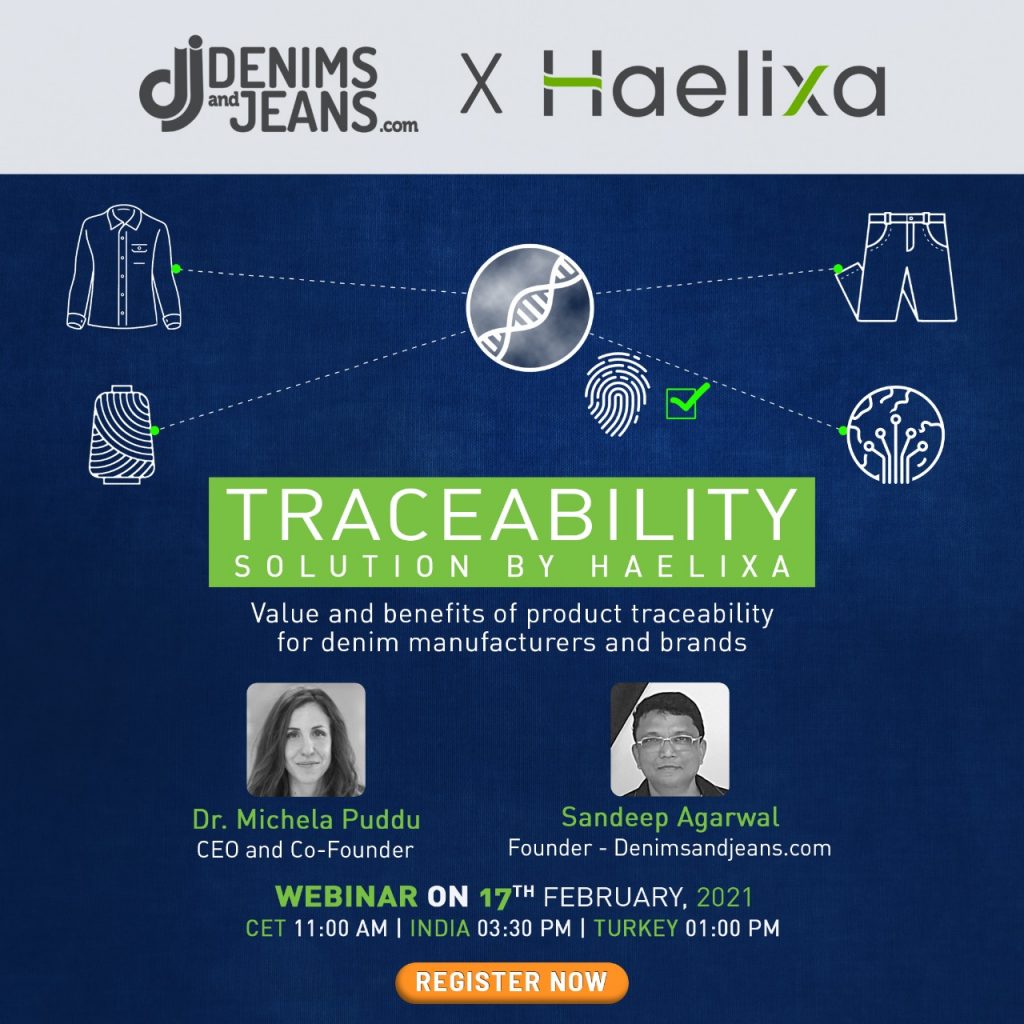As denim brands, retailers, and the supply chain try to improve their sustainability credentials- especially on material inputs, the questions about the traceability of these materials become more and more pointed. Greenwashing by many companies in the denim supply chain has somehow made the push towards traceability even stronger and imminent.
For years, the brands, retailers, and consumers had to contend with blanket terms like “eco-friendly”, “organic,” and “eco” to understand whether a garment is sustainable, resulting in the prevalence of greenwashing. The third-party certifiers like GOTS, Cradle to Cradle, etc did help validate sustainable claims within the supply chain but the transition to a higher transparency level still seemed too distant. And many leaders of the industry are convinced that to achieve true transparency, the conversations need to begin with traceable fibers.
Over the last couple of years, many companies have invested in traceable solutions for the fashion industry. The main idea behind such solutions is that the input materials can be traced back at the retail end – giving not only confidence to the buyers but to retailers as well.
Currently, most retailers cannot trace the input materials beyond their TIER 1 suppliers and there is an urgent need to go further into the origins as consumers demand to know how and who made their clothes. Traceability is not only important from a sustainability aspect but also for transparency reasons. Eg, the recent issue with the Xinjiang cotton ban by the US makes it important for the suppliers of fabrics and apparel to be able to prove the origin of their cotton. And as international regulations and logistical complexity grow, there will be even greater demand for transparency through traceability!
Another issue, not connected with sustainability but of great importance for most brands, is counterfeiting. It is estimated that over 16% of branded clothing sold is counterfeit and causes enormous losses to most fashion labels. The industry also needs to find a solution to this pressing issue which becomes even more important as the bottom lines of the retailers are under severe pressure.
To address some or all of the above-mentioned concerns, there have been various solutions thrown up in recent times using different technologies like Blockchain, Fingerprinting, Microbiome analysis, DNA fingerprinting, etc. The principle idea behind these technologies is the same – to find the origin of materials at any stage. However, the best technologies are defined by their success rates, ease of use, and costs.
Haelixa – a spin-off of the Swiss Federal Institute of Technology (ETH Zurich) offers proprietary and innovative solutions to physically mark, trace, and authenticate products from producer to retail creating transparency along the entire supply chain (linear or circular). The solution can be applied to textiles, gold, diamonds, and other products or raw material. Besides proving claims related to product origin and production, Haelixa also helps to protect brands against counterfeiting by providing proof of authenticity and safeguarding the value linked to the brand story, design, processing, and performance.

Co-Founder, CEO and Chairwoman of the Board @Haelixa
We were excited to meet the Haelixa team and learn more from them. As we learnt the technological details, we asked them a few questions about how they came up with this innovation and its possible end uses and we were blown away by the possibilities.
Hence, we decided that it would be really interesting to have a webinar organized with them (on 17th Feb) so that we could also share the same with our industry. In the meanwhile, we reproduce some key elements of their technology in a quick Q&A and look forward eagerly to speaking to CEO and Co-Founder Michela Puddu in a webinar on 17th February.
1. What is the story behind Haelixa?
Haelixa is a spin-off of the Swiss Federal Institute of Technology (ETH Zurich). The two founders of the company Michela Puddu (CEO) and Gediminas Mikutis (CTO) researched and developed an innovative technology based on DNA to mark and trace products from source to retail. After their Phd they commercialized their innovation and founded Haelixa in 2016. Today the company works with brands, retailers, and manufacturers in the textile, gold, and gemstone industry (among others) to create supply chain transparency through traceability and support claims related to sustainability and other standards.
2. How is Haelixa different from other traceability solution providers in the apparel industry?
We at Haelixa turn the product itself into the carrier of information about its origin and journey along the supply chain. The information is safely embedded into the product during its journey, which is a clear advantage to transaction certificates or blockchain solutions. The value of a blockchain solution for example depends on the reliability of the data that is being uploaded, which can be falsified. On the contrary, the information carried by the Haelixa marker cannot be manipulated nor removed and therefore is always a true representation of the product.
The Haelixa marker can be applied at the farm level or any other node in the supply chain. So we provide flexibility where it can be applied. We can develop a dedicated marker, so unlimited amounts of markers, for each producer, manufacturer, collection, production lot, or brand. The marker is harmless for humans and the environment, GMO-free, approved as chemical inputs by GOTS and OekoTex 100 compliant, yet strong enough to withstand industrial processing. Only minute amounts of marker are added and no premix with a different matrix material is needed, and therefore does not alter purity/quality/processes.
3. An example of how a brand would trace the origin of cotton fiber?
We would mark the cotton at the origin using the dedicated DNA marker for the brand or for this specific producer. The verification in form of a qPCR (quantitative Polymerase Chain Reaction) test (that is these days also used to detect Covid-19) will be done with the final garment (such as jeans) or any intermediate product (such as denim fabric) in the Haelixa lab or at an authorized third-party lab. Having the data provided by a third party gives your product claims additional credibility. With the confirmation of the marker found a specific Certificate will be issued for each test sample. Brands and manufacturers can also use the “Marked & Traced by Haelixa” ingredient label to communicate towards their customers their commitment to full transparency.
To connect with Haelixa, write to textiles@haelixa.com . More details at https://www.haelixa.com/
To attend the webinar scheduled on Feb 17, CET 11.00 AM, please register at http://bit.ly/2LgxdsC






